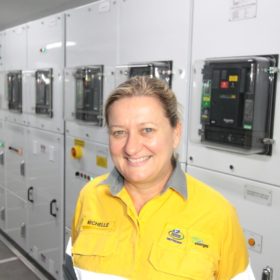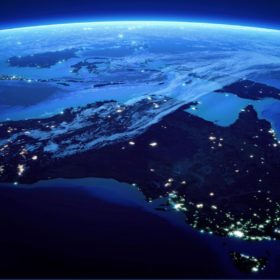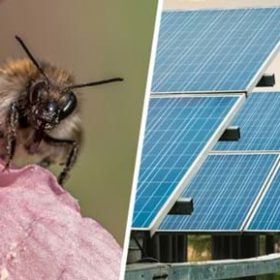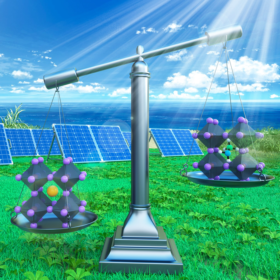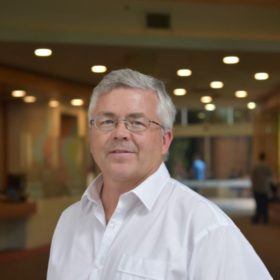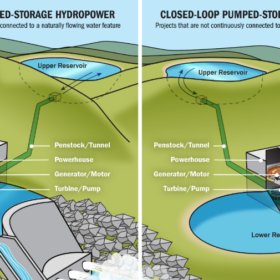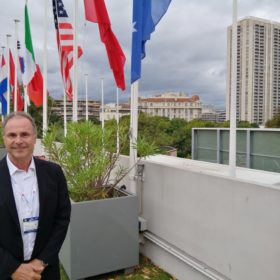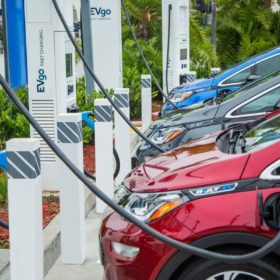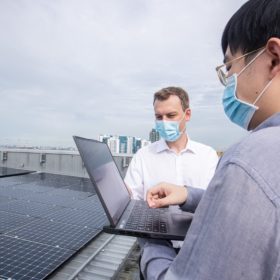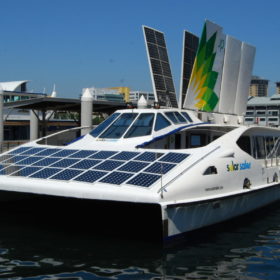Regional network operator opens $6 million microgrid testing facility
Queensland government-owned utility Ergon Energy has opened the doors to a new $6 million “world-class” research and development hub designed to accelerate the integration of renewable energy technology including microgrids and standalone power systems into the state’s electricity network.
Report finds co-located hubs key to battery industry competitiveness
A report from Australia’s Future Battery Industries Cooperative Research Centre which analysed the development of battery hubs in the U.S., Germany and Japan, has found that co-location and cooperation between industry and government were key to hub success. For Australia to play the same game, it will have to leverage its wealth of resources, and clean up its act along the way.
Solar farms prove to bee hives of economic activity
A new study from researchers at the universities of Lancaster and Reading in the UK has managed to quantify the economic boost provided by the symbiotic relationship between solar farms and honeybee hives.
Strong potential for inorganic perovskites
Scientists in the United States have developed a method to compare the performance and number of defects in different perovskite cell materials. Based on simulations and work with prototype materials, the group finds that all-inorganic materials have higher potential efficiency than their more widely researched organic-inorganic counterparts.
Doping delivers improved performance for perovskite solar cells
With some of the world’s largest solar PV module manufacturers warning of looming panel shortages, Australian researchers have declared a new generation of cheap, sustainable and efficient solar cells is now a step closer.
Aussie scientists champion closed-loop pumped hydro
Closed-loop pumped-hydro storage offers more chances to minimise environmental effects on water sources and overcomes the problem of finding suitable sites. According to an Australian research team, closed-loop systems could prevail on open-loop systems in the future and this trend is confirmed by another group of scientists from the United States.
Pierre Verlinden cautions it’s Hi-ho Silver no more as PV approaches multi-terawatt production
Solar cell production could consume every ounce of the world’s known silver reserves within a few years. One industry guru and his UNSW colleagues have set out the case for carefully considering what happens next.
How safe are smart EV chargers?
Research has uncovered critical security threats associated with a number of common smart electric-vehicle chargers, but it’s not too late or too logistically difficult to remedy the issues.
Melbourne ranked among world’s top cities for rooftop solar
A global registry that uses satellite images to map and quantify the rollout of solar PV across rooftops in some of the world’s most iconic cities has ranked Melbourne among the top five for solar roof utilisation.
What seawater and salt spray can do to a PV system
Researchers in China have analysed how the marine environment influences the performance of PV modules deployed on ships, and have found that salt particles can be detrimental to their performance as these act as both heating agents and a factor reducing solar irradiance. The temporary cooling effect provided by seawater is not sufficient to offset the impacts of salt spray and ensure increased power yields.
